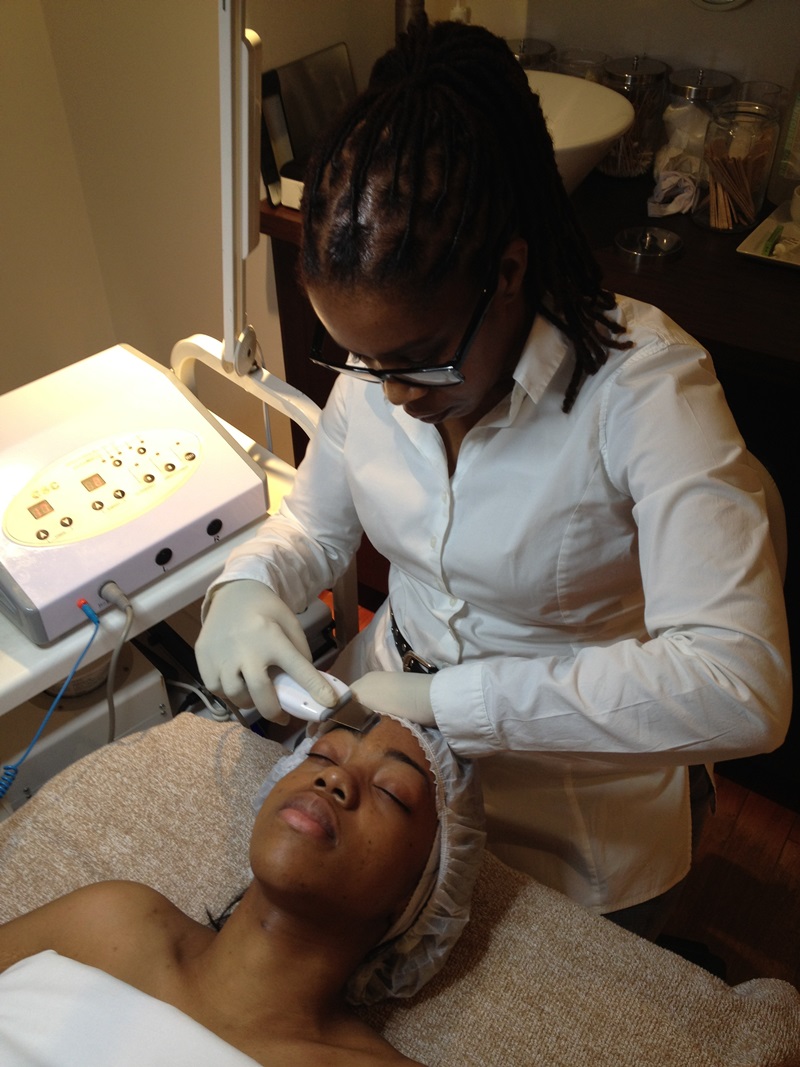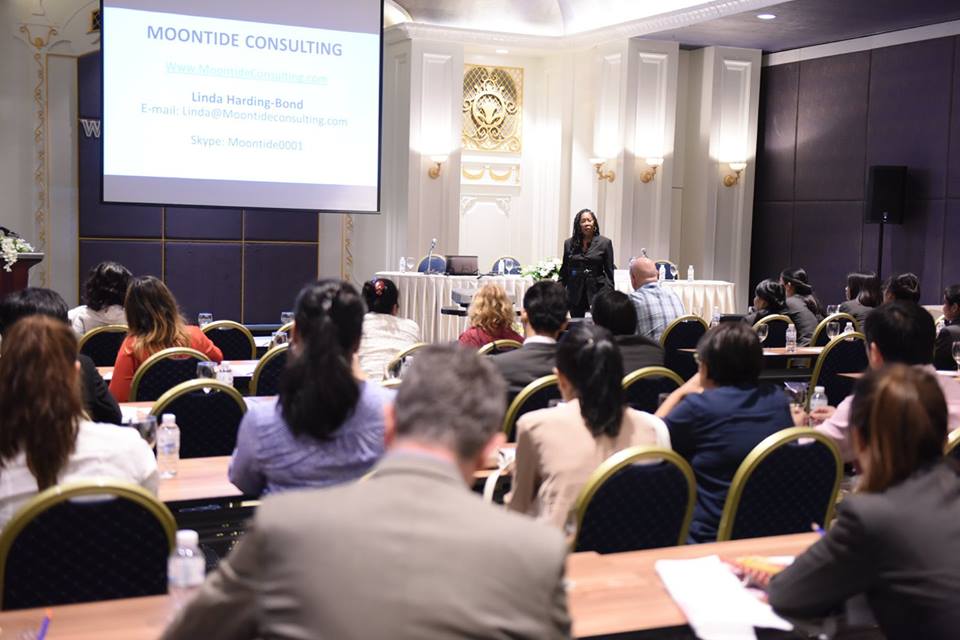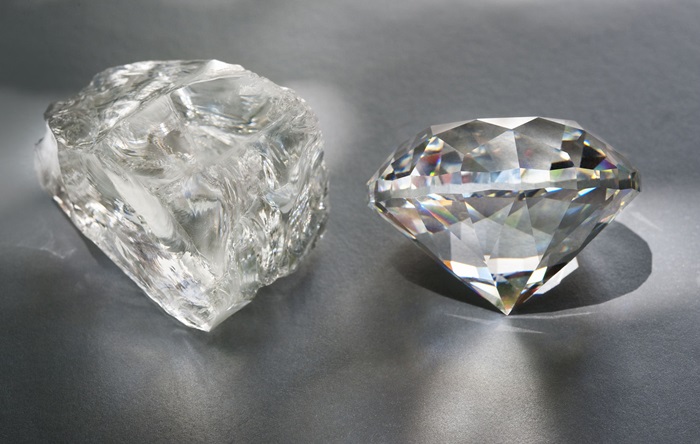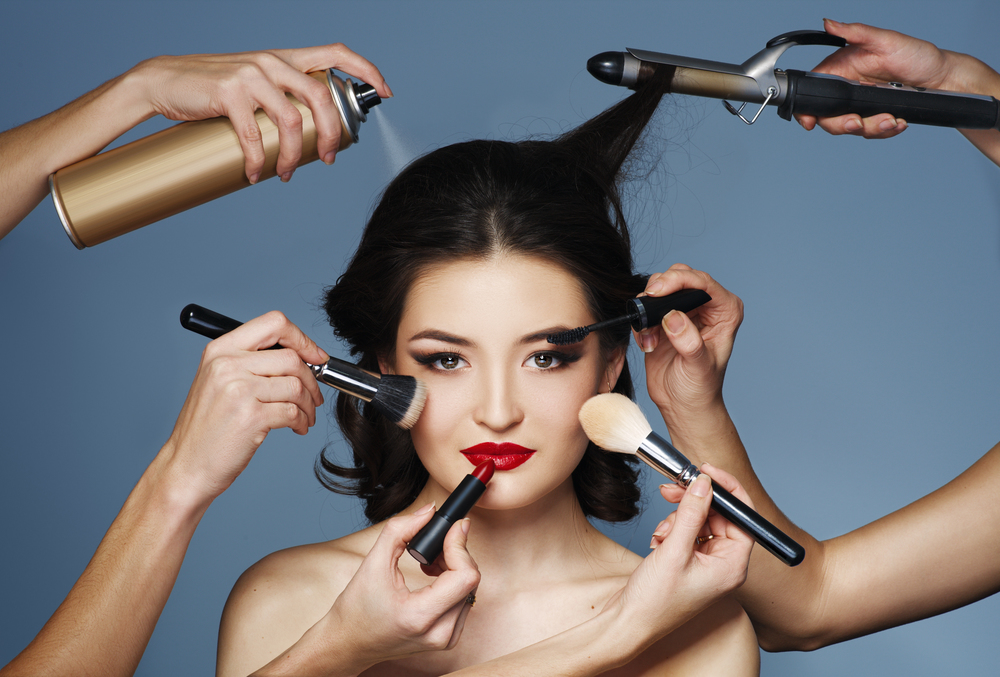
Years ago when I worked as an esthetician, every Thanksgiving Day I would hear “I can’t believe you have to work tomorrow” from well-meaning family and friends. Read More


Years ago when I worked as an esthetician, every Thanksgiving Day I would hear “I can’t believe you have to work tomorrow” from well-meaning family and friends. Read More

Moontide Consulting is having a limited, once per year holiday special of our Increasing Your Retail Selling On-line Training Class for Spa Managers. Read More

Incorporating how-to modules on engagement, listening and responding is the smart way for product companies to add value to their training sessions with spa therapists. Read More

Day Spa Association cited an interesting statistic in their latest Snapshot Report;
Spas that generated 20% or higher in retail could potentially improved their sales by as much as 14%.
This is not surprising as success tends to breed more success. But if you’re in that lower 20% group and desperately want to make a giant leap into the elite 30% plus club, how do you make it happen? Read More

I just finished reading Day Spa Association’s Retail Sales Snapshot Report for 2016.
Sales are up. However, if your retail to service sales were from 0-20% you only saw a maximum of 3% growth in 2015. Read More

As beauty outlets like Ulta continue their explosive sales in cosmetic and skin care products, how is the spa industry strategizing to capture its own share of the retail market?
Not all retail stores are under pressure. One new chain is expanding. Based on a successful formula, the chain plans to add 100 new 10,000-square-foot stores this year for a total of more than 970 units. The stores are called “Ulta Beauty” (Ulta, not Ultra, notice) and offer makeup, skin care, fragrances and hair products.
A recent article from The Wall Street Journal revealed Ulta’s strategy (1). The first building block of success is location. Ulta avoids the premium urban sites some retailers choose. Instead, Ulta picks less expensive secondary locations, with little or no competition, in outdoor strip malls instead of enclosed malls, where shoppers can easily park and walk directly inside.
The second building block is Ulta gets women to try, wear and, most important, play with beauty products. Mass brands like Cover Girl and Maybelline, normally available in drug and big-box stores, occupy one side while prestige brands like Lancôme and Clinique, usually found only in exclusive department stores, are on the other. Customers can test most products, even hair dryers. And Ulta is dynamic with promotions that bundle top sellers with new items, a technique that takes the focus away from straight discounting and instead encourages customers to discover new things.
This mix of brands offers a broad range of prices, from $2 lip liners to $200 hair dryers, and appeals to all ages. Mothers and daughters often shop together, with three in four customers spending 15 minutes or more in the store, and one in five spending 30 minutes or more. The stores have hair salons, and often facial stations and “brow bars” for eyebrow shaping.
“You hear and see and smell and feel beauty happening around you. It elevates the whole store, even if you are not using it,” Dave Kimbell, Ulta’s chief marketing and merchandising officer, told The Wall Street Journal.
Shoppers test shades of lipstick, sniff different fragrances or get a blowout. “You can’t Amazon that,” said Oliver Chen, head of retail and luxury goods at analyst Cowen & Co, calling Ulta one of a handful of “Un-Amazon-able” retailers in The Wall Street Journal.
Some consumers describe their experience as feeling like a kid in Disneyland. And while there is increasing competition from drug stores and more upscale beauty retailers like Sephora, Ulta differentiates itself by offering both mass and prestige brands together. This encourages what the company calls “mass migration,” where a shopper coming in to buy a cheaper lipstick will wander over to check out more expensive items.
To encourage prestige brands to market outside their usual exclusive upscale retail settings, Ulta sets the high-end brands apart with dedicated areas, special seating, signage and fixtures.
While salon services make up just a small percentage of sales, those customers must make an appointment that forces them to come into the store regularly. These shoppers spend 2.5 times more than non-salon customers and shop twice as often.
Natural products retailers have the ability to offer the same sort of elevated shopping experience by creating areas where customers can linger and learn, try product samples or demonstrate equipment, receive a chair massage or other health treatment. With a little creative thought, you can apply the lessons from Ulta to make your store “Un-Amazon-able,” too! WF
Reference
1. E. Holmes, “A Beauty Retailer That Knows What You Want,” The Wall Street Journal, June 21, 2016, www.wsj.com/articles/a-beauty-retailer-that-knows-what-you-want-1466536921, accessed June 29, 2016.
Published in WholeFoods Magazine August 2016 Author Jay Jacobowitz
Sourced by Mark McKenney (@MarktheSpaman)

Fable excerpted from an article by: Earl Nightingale
The Acres of Diamonds story ”a true one” is told of an African farmer who heard tales about other farmers who had made millions by discovering diamond mines. These tales so excited the farmer that he could hardly wait to sell his farm and go prospecting for diamonds himself. Read More

I worked at a top spa in Philadelphia for ten years. We carried a total of ten skin care lines. I had used them all and was totally in love with maybe six. I could talk for hours about their benefits and the differences between what each product offered.
At that time therapists at the spa were averaging around $3,500 per month in retail product sales. I spoke with the spa manager last week who told me that figure has increased to $5000. That’s the impact of time and experience.
Many of you might assume that high pressure tactics are being used to sell, the clients are outrageously wealthy or the products are overpriced. Read More

Your spa therapists are not selling your retail products. The same offerings that sit in your display cases and on your tables day after day are literally flying off the shelves at beauty outlets like Space NK, Sephora, Ulta and Blue Mercury ,both of which provide spa services. Ulta announced just last week that sales are so robust they’re building 100 more stores.
It’s obvious that your customers love purchasing beauty and body products. So the question is, why are you so reluctant to invest in training that teaches your team how to make retail recommendations and engage with your guests more easily? Read More